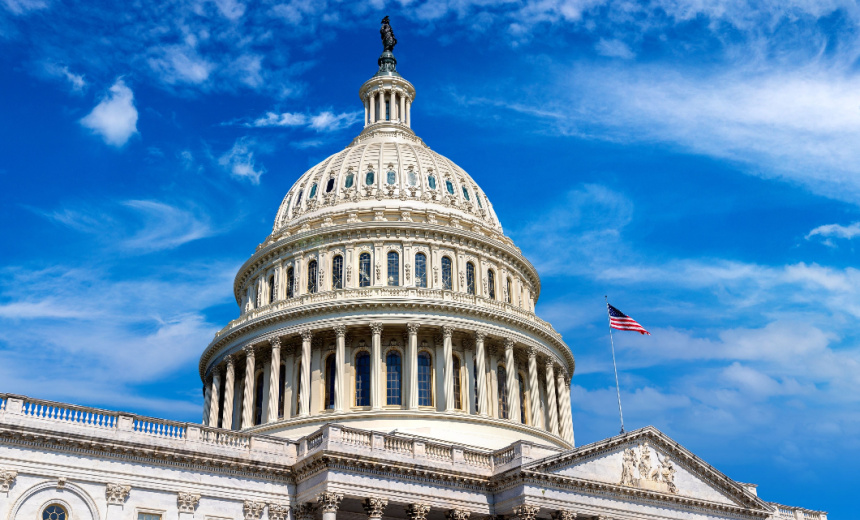Critical Infrastructure Security,
Cyberwarfare / Nation-State Attacks,
Fraud Management & Cybercrime
Experts Warn That Critical Infrastructure Sectors Are Falling Behind in Cybersecurity

Despite initial advancements in cyber warfare technology illustrated by the Stuxnet attack 15 years ago, cybersecurity experts testify that the United States’ critical infrastructure remains inadequately protected from potential retaliatory attacks. Analysts expressed concerns that while Iran may not currently possess the capabilities to deploy advanced cyber weapons akin to Stuxnet, the foundational cybersecurity measures required to safeguard against lesser threats have yet to be implemented effectively.
Stuxnet, suspected to be a collaborative creation of U.S. and Israeli intelligence, was designed to disrupt uranium enrichment at Iran’s Natanz facility, effectively marking a significant point in cyber warfare history. Since then, instances of Iranian actors targeting vulnerable systems have escalated, prompting urgent calls for enhanced cybersecurity initiatives.
During a hearing focused on the implications of Stuxnet, House Homeland Security Committee Chair Andrew Garbarino stressed the pivotal role of securing operational technology against cybersecurity threats. The panelists revealed that Iranian actors have increasingly targeted critical sectors, especially water and energy, while exploiting weaknesses in industrial control systems.
Tatyana Bolton, executive director of the Operational Technology Cyber Coalition, highlighted the chronic underfunding of operational technology security measures. She reported that Iranian threat actors have aligned with organized cybercriminal groups and state-sponsored proxies, intensifying their focus and sophistication in cyberattacks.
Congressional leaders were informed that even foundational steps, such as inventorying operational technology assets within the Department of Defense, remain incomplete. This echoes a sentiment of urgency regarding the rising risks that remain unaddressed across critical infrastructure sectors.
As analysts note a broad expansion of Iran’s cyber capabilities since Stuxnet, individuals like Rob Lee, CEO of Dragos, have urged Congress to strengthen public-private partnerships for enhanced cybersecurity collaboration. He expressed concern over a growing normalization of destructive cyber incidents targeting civilian operational technology infrastructure.
The panelists collectively called for Congress to elevate the status of critical infrastructure security to a national security priority. They also recommended reauthorizing the Cybersecurity and Information Sharing Act of 2015, emphasizing its importance for information exchange and collective defense efforts, particularly in light of an impending deadline for the law’s renewal.
In terms of the MITRE ATT&CK framework, potential tactics in these attacks may have involved initial access strategies, privilege escalation techniques, and exploitation of vulnerabilities within operational technology systems. This comprehensive approach underscores the critical need for sectors to remain vigilant and proactive in enhancing their cybersecurity posture.
